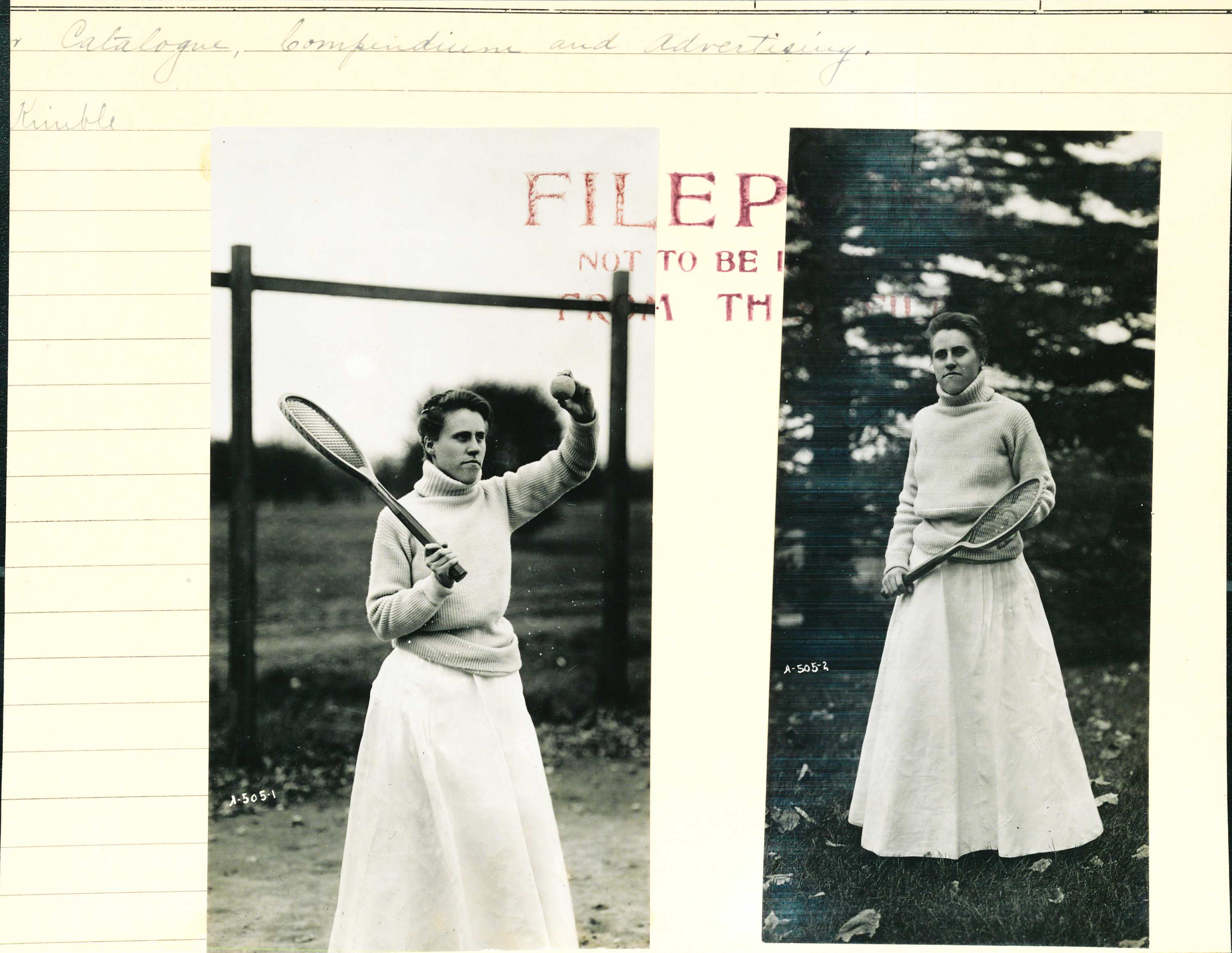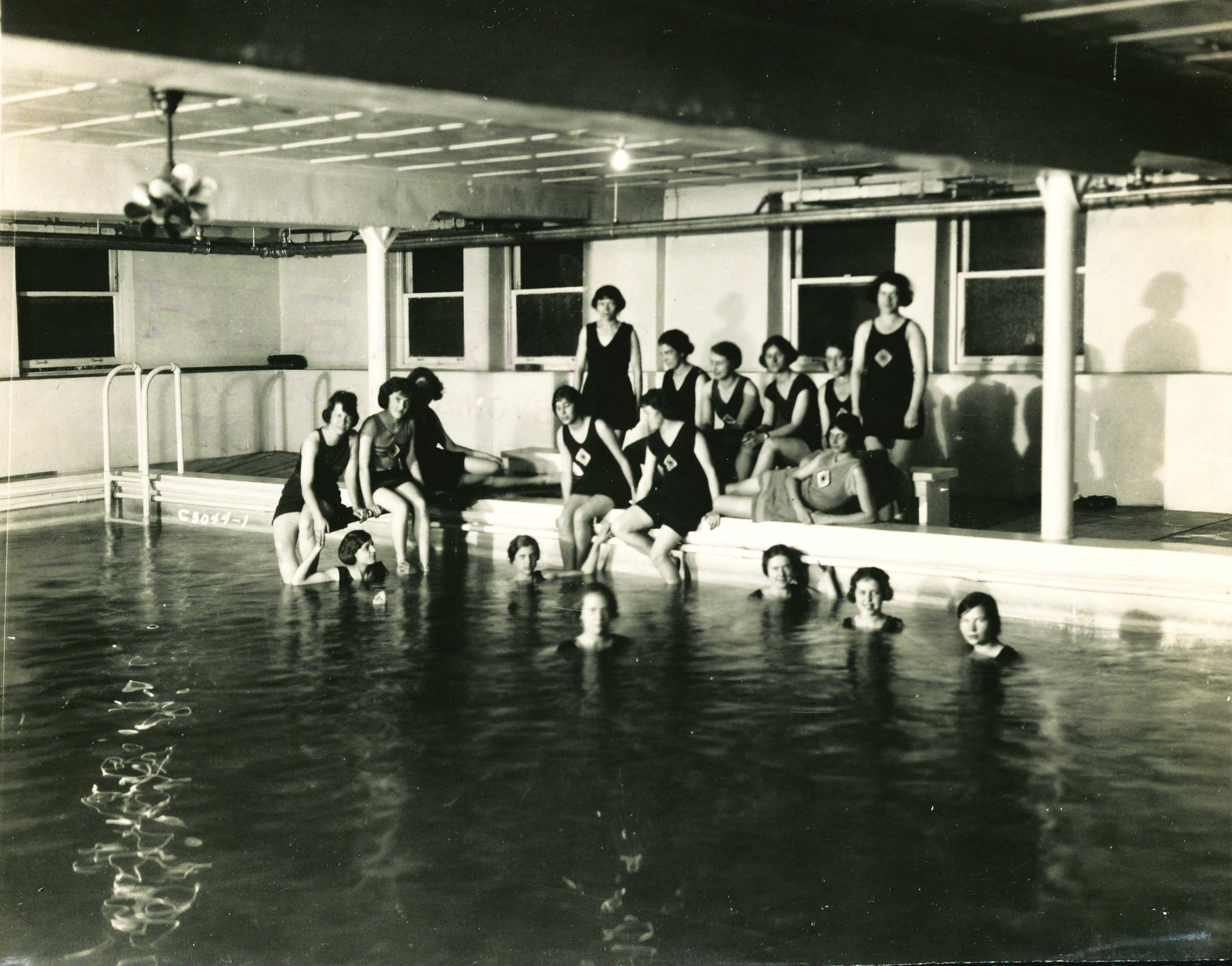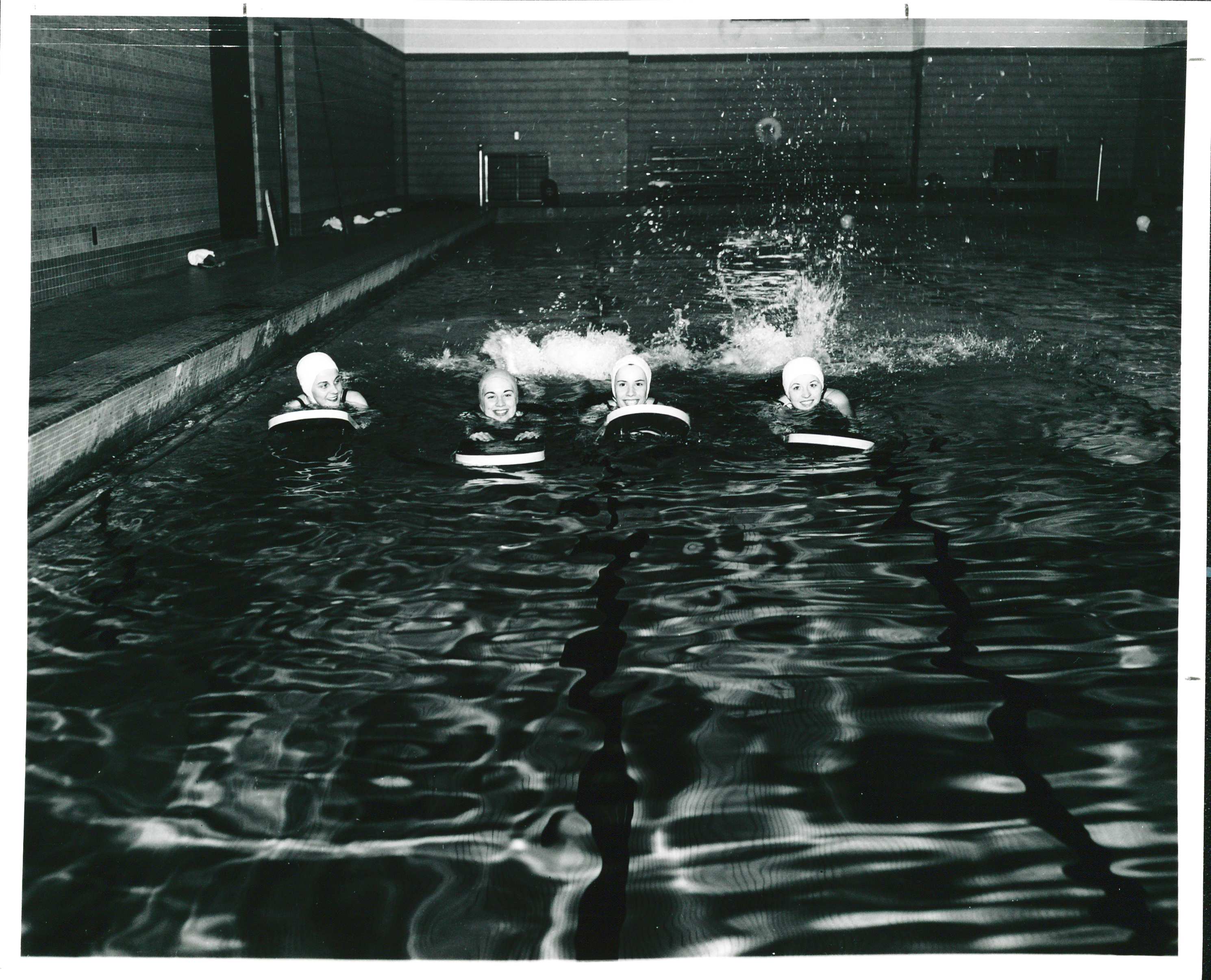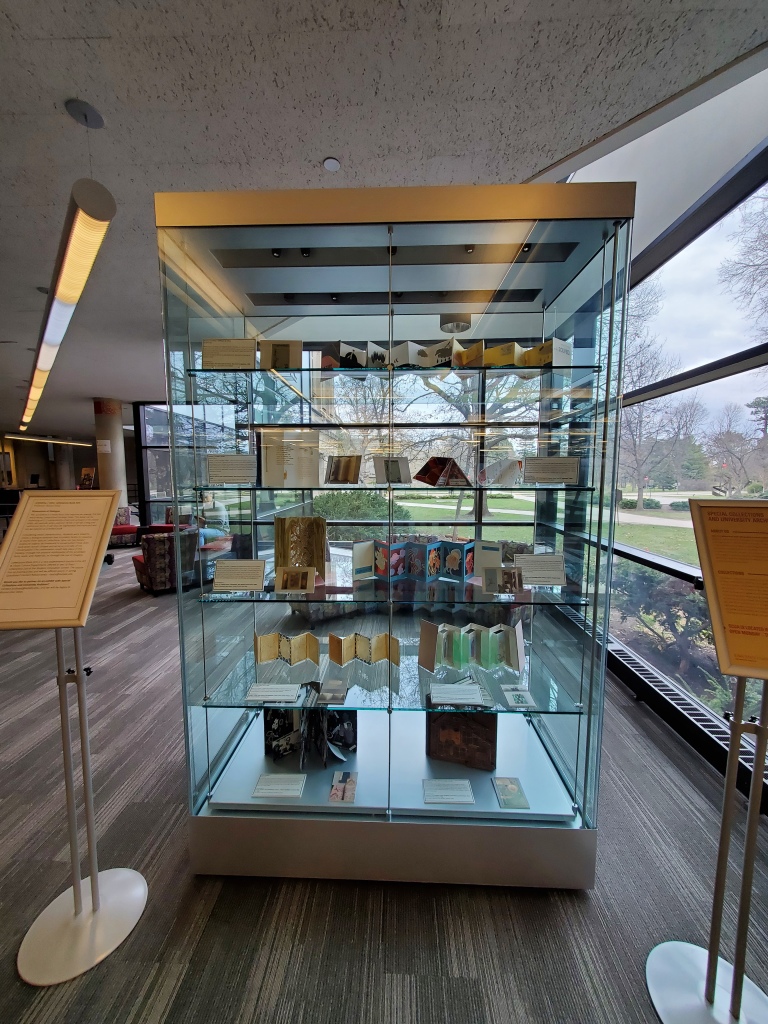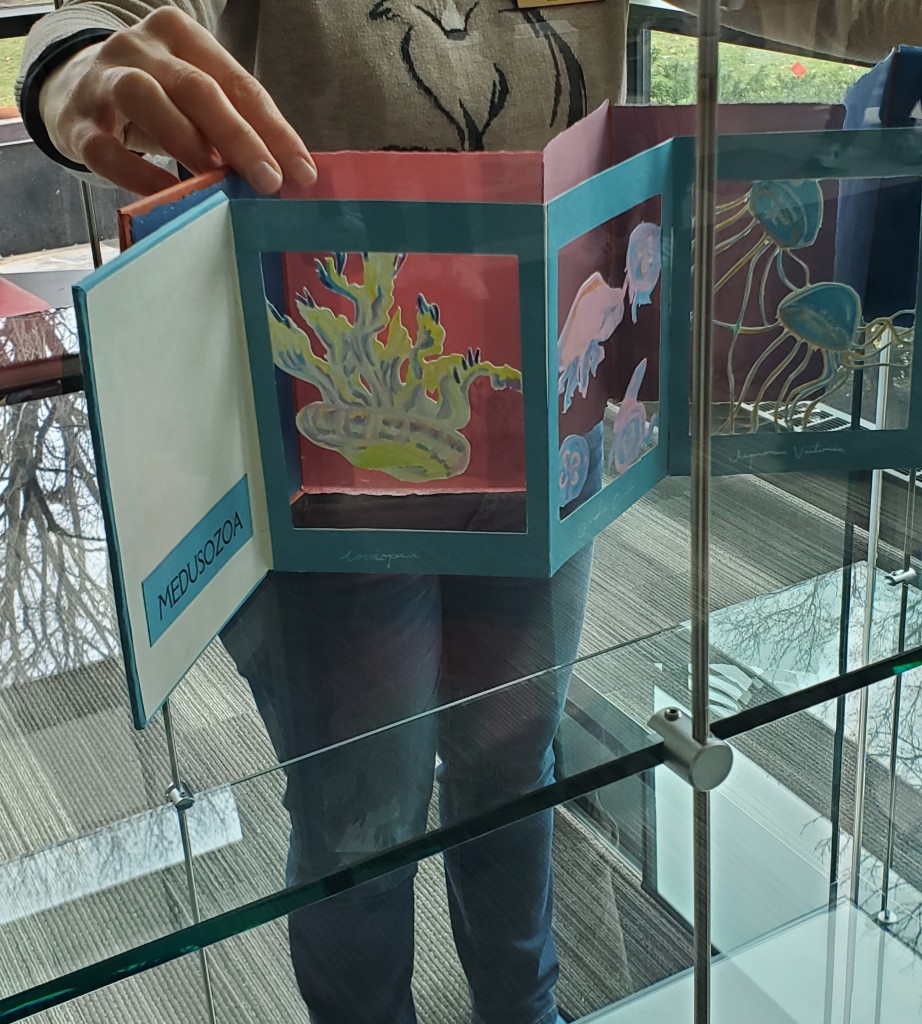Graduation is a special time at Iowa State. It is a time to celebrate our recent graduates’ accomplishments and remember those of our alumni. Today, we honor the first female mechanical engineering graduate at Iowa State, Florence Kimball Stoufer.
Florence Lottie Kimball was born in 1885 to Jessie Atkinson Kimball (1860-1929) and Charles Kimball (1859-1946) in Anamosa, Iowa. In 1904, following her junior year of high school, Florence pursued a mechanical engineering degree at Iowa State, where she was active on campus in various student organizations. She played both left and right guard on the women’s varsity hockey team, was a member of the Cliolian Literary Society, a class officer, a reporter and society editor for the Iowa State Student (now the Iowa State Daily), and a member of the Bomb Board as a junior. She was also a member of S.S., which became the Sigma Sigma chapter of the Kappa Delta sorority, serving as Kappa Delta’s first president. In June of 1908, Florence became the first woman to graduate from Iowa State College with a Bachelor of Mechanical Engineering degree.

In 1911, Florence married Donald B. “D.B.” Stoufer, a fellow mechanical engineering graduate from Iowa State. He went on to work in the Kimball family business, Kimball Elevator Co., while Florence managed the business’s real estate holdings. The couple maintained ties with Iowa State through the attendance of their three children, Richard, William (ME ’38), and Lucy Beall (HEC ’46), and multiple grandchildren. They also were involved with the Omaha-Council Bluffs chapter of the ISU Alumni Association. In 1977, Florence passed away at the age of 91. Two years later, her family honored her through the Florence Kimball Stoufer Recognition Award, which was granted to women in mechanical engineering to honor their achievements at Iowa State between 1978 and 2001.

Image of D.B. Stoufer (left), daughter Lucy Beall Stoufer (middle), and Florence Kimball Stoufer (right) visiting Iowa State College in the Fall of 1942. Kimball and Stoufer family papers RS 21/7/329, unprocessed. Special Collections and University Archives, Iowa State University Library, Ames, Iowa. 
Program for the Florence Kimball Stoufer Recognition Award, undated. Iowa State University. Alumni and Former Student Subject Files RS 21/7/1. Special Collections and University Archives, Iowa State University Library, Ames, Iowa.
Through the generosity of her family, Special Collections and University Archives (SCUA) recently acquired her records, along with those of her family members. Portions of Florence’s educational journey are documented in her papers through her notes and marginalia in textbooks, while her campus life is visible through things like programs to campus plays. However, most prevalent throughout the collection are materials documenting the Stoufers’ lives as alumni through correspondence with classmates, organizing class reunions, and their active participation in the Omaha-Council Bluffs chapter of the ISU Alumni Association.
[Photo of Botany Notebook]



Pages from Florence Kimball’s notany notebook, undated. Kimball and Stoufer family papers RS 21/7/329, unprocessed. Special Collections and University Archives, Iowa State University Library, Ames, Iowa.

Stay tuned for more stories about the Kimball and Stoufer families, with generations of Iowa Staters spanning 1886 through 2022!





